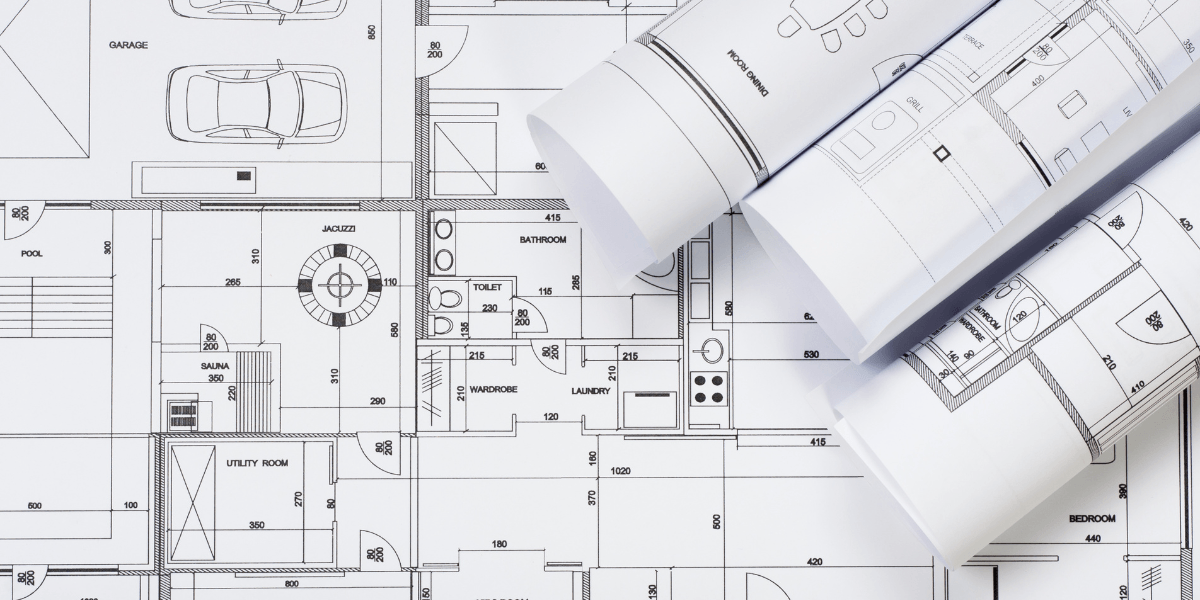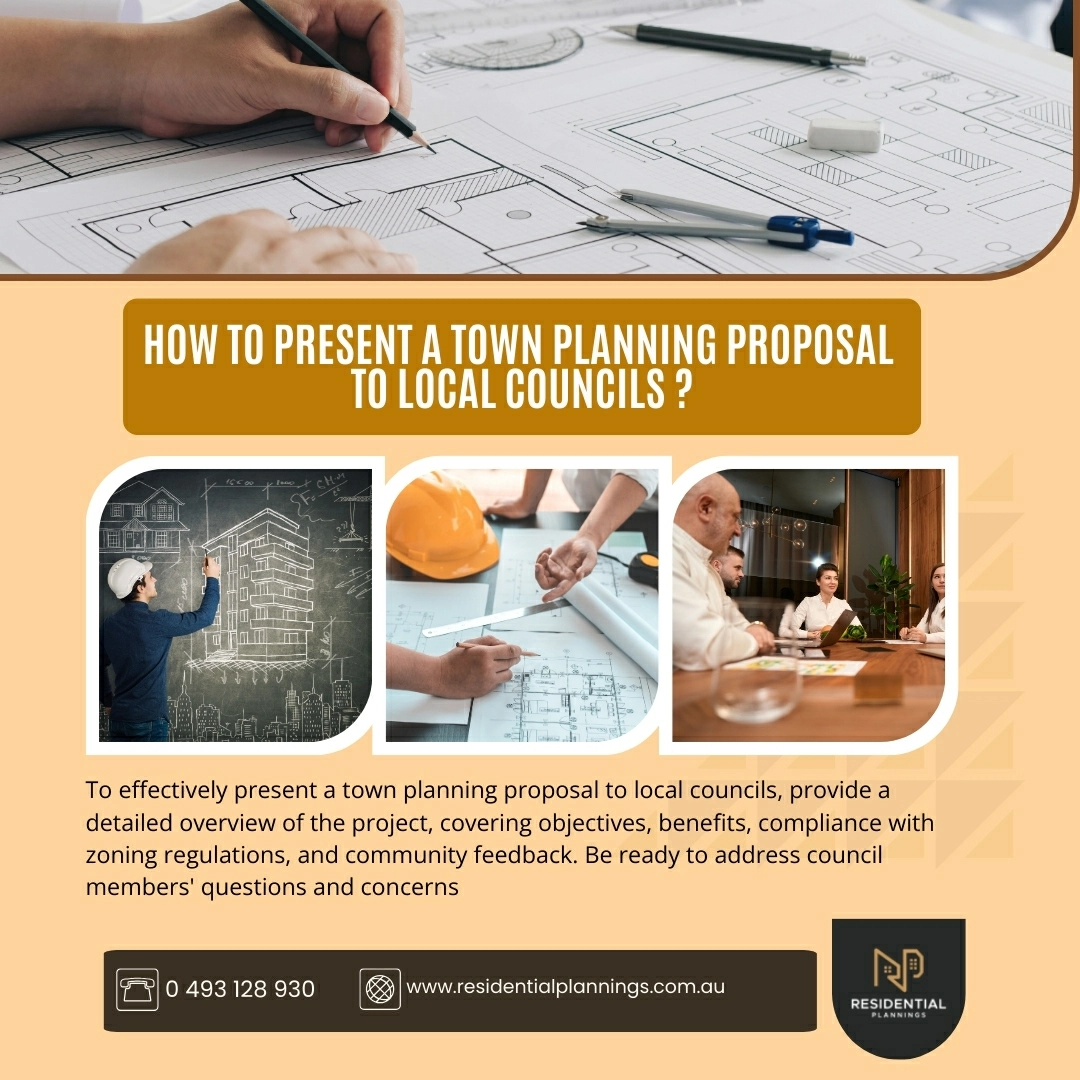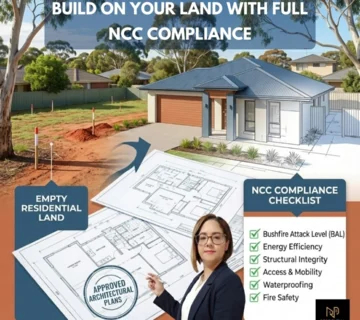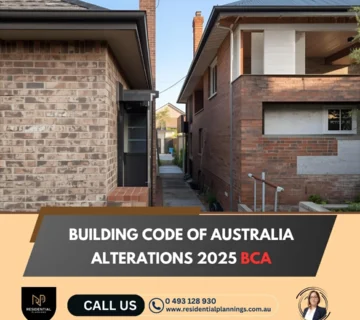Presenting a town planning proposal to local councils is a vital step in gaining project approval and ensuring community and regulatory support. A clear, well-organized presentation can make the difference between a successful proposal and one that’s delayed or rejected. Here are essential steps to follow for a compelling town planning presentation:
1. Start with a Clear Project Overview
Begin with a concise, high-level overview of the project, covering:
- Project Objectives: Outline the goals of the proposal, such as improving infrastructure, creating housing, or enhancing public spaces.
- Benefits to the Community: Emphasize how the project meets community needs, enhances local amenities, or contributes to sustainability goals.
- Scope of the Project: Describe the project’s scale, including proposed land use, estimated area coverage, and the timeline for development.
A strong opening helps council members quickly understand the project’s intentions and benefits.

2. Highlight Compliance with Zoning and Planning Regulations
Local councils prioritize compliance with zoning laws, so detail how your project adheres to existing regulations:
- Zoning Compatibility: Explain how the proposal aligns with current zoning classifications and planning policies.
- Environmental Considerations: If the project impacts the environment, mention any plans for sustainable practices, such as green building standards, energy efficiency, and waste management.
- Traffic and Infrastructure Impact: Address how the project will affect local traffic, public transportation, and utilities.
Preparing a zoning compliance report can reinforce your commitment to following local guidelines.
3. Present Community Engagement and Feedback
Council members value community input, so show that you’ve taken local opinions into account:
- Engagement Methods: Outline any methods used to gather feedback, such as public consultations, surveys, or stakeholder meetings.
- Summary of Feedback: Share the key themes from community responses, including concerns and areas of support.
- Modifications Based on Feedback: If the project evolved due to community input, explain the changes you made to address specific concerns.
This shows a collaborative approach, building trust with council members and stakeholders.
4. Provide Visual Aids and Detailed Plans
Visual aids, such as site plans, renderings, and maps, enhance understanding and engagement:
- Site Plans and Layouts: Include detailed site plans that outline the layout, structure placements, and infrastructure features.
- Visual Renderings: 3D renderings can help council members envision the project’s appearance and functionality within the community.
- Infographics: Use data visualizations to represent benefits, impact studies, and timelines concisely.
Visuals are powerful tools that can make complex ideas easier for council members to grasp.

5. Prepare for Questions and Concerns
Anticipate council members’ questions, especially around:
- Project Viability: Be ready to discuss project funding, expected return on investment, and long-term maintenance.
- Environmental Impact: Prepare answers on environmental impact assessments, mitigation plans, and sustainability strategies.
- Community Concerns: Address any potential concerns from residents, such as traffic congestion, noise pollution, or loss of green space.
Addressing these issues proactively helps build credibility and trust.
6. Close with a Recap of Project Benefits
End the presentation by reiterating the proposal’s value to the community and alignment with council goals:
- Improved Quality of Life: Emphasize how the project will enhance community amenities, recreational spaces, or housing options.
- Economic and Social Benefits: Highlight potential economic growth, job creation, and enhanced social cohesion.
- Alignment with Council Vision: Connect the proposal’s goals with the council’s broader vision for urban development, sustainability, or economic progress.
A confident, clear closing underscores the importance of the proposal, leaving a positive impression.
7. Provide Follow-Up Materials and Contact Information
Finally, offer additional materials for council members to review post-presentation:
- Detailed Proposal Document: Include all information from the presentation and additional data as an official handout or digital document.
- Contact Details: Make sure council members know how to reach you for further discussions or clarifications.
- Project Timeline and Next Steps: Outline key dates and follow-up actions, giving council members a clear roadmap for further engagement.
Presenting a town planning proposal to a local council can be challenging, but a well-prepared, structured, and community-focused approach will increase your chances of approval and support.




